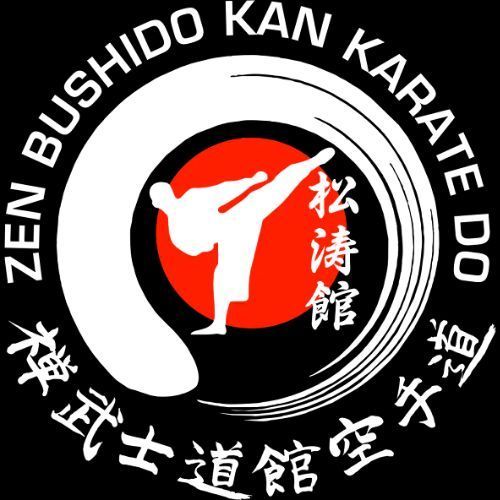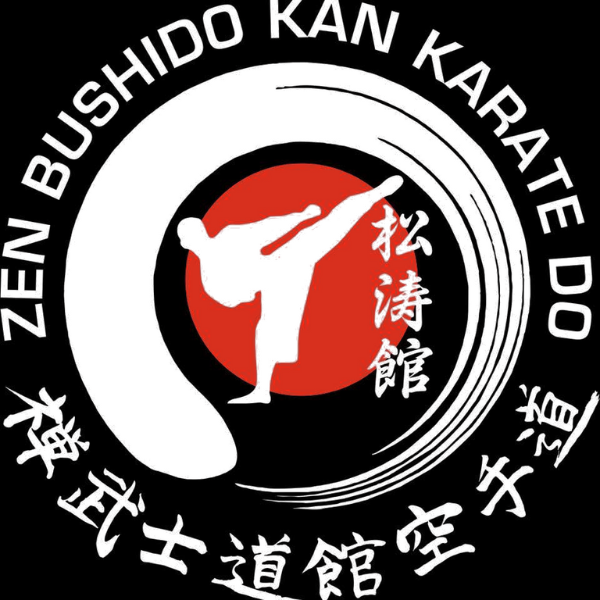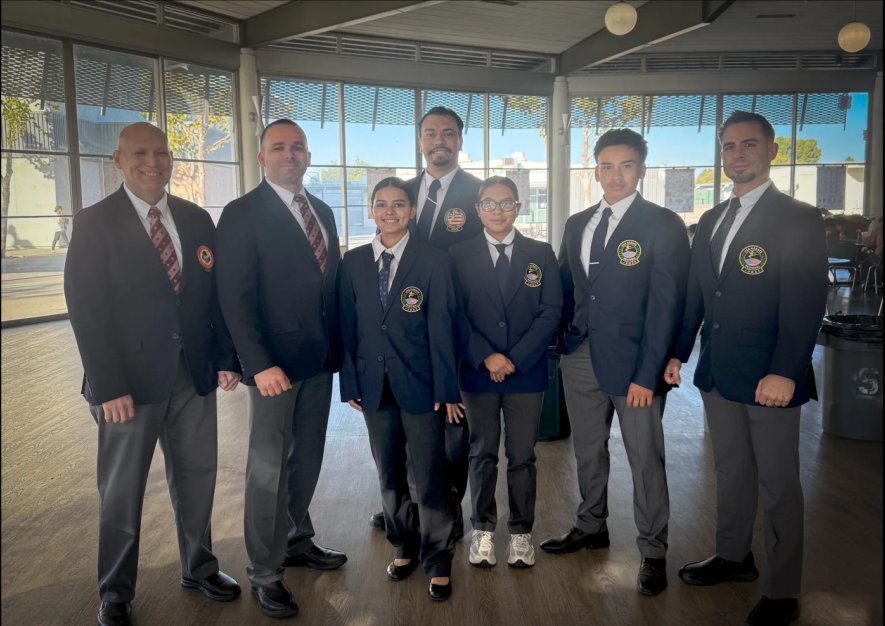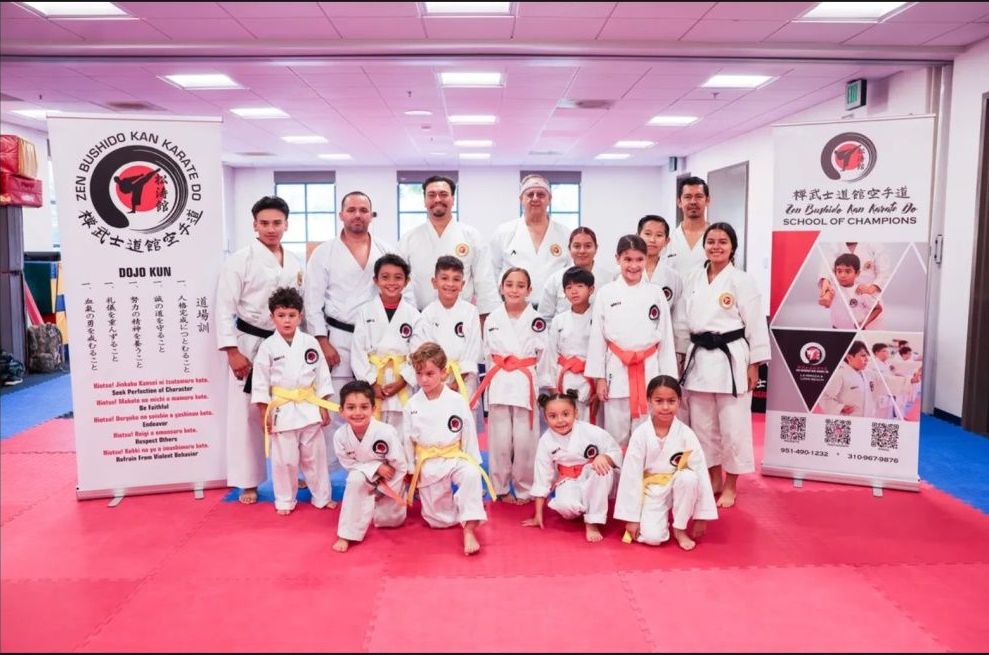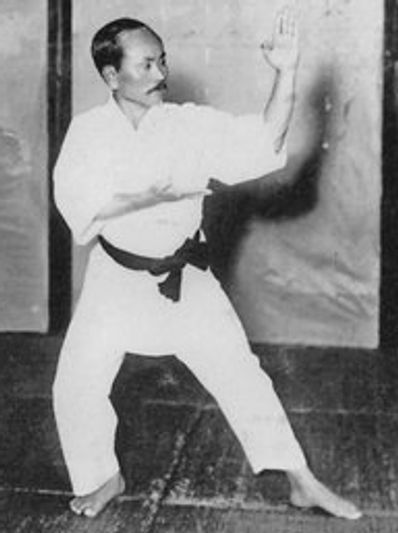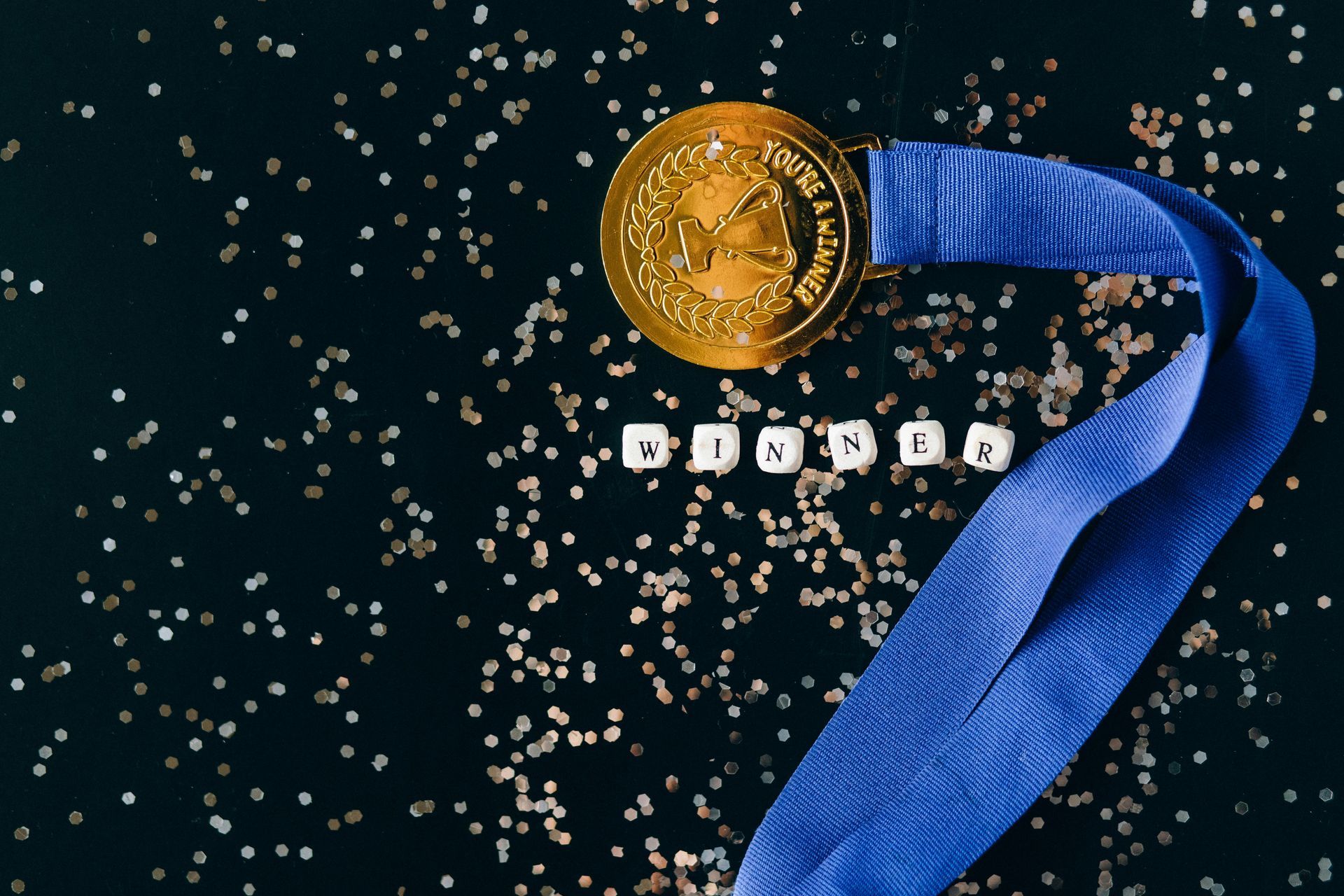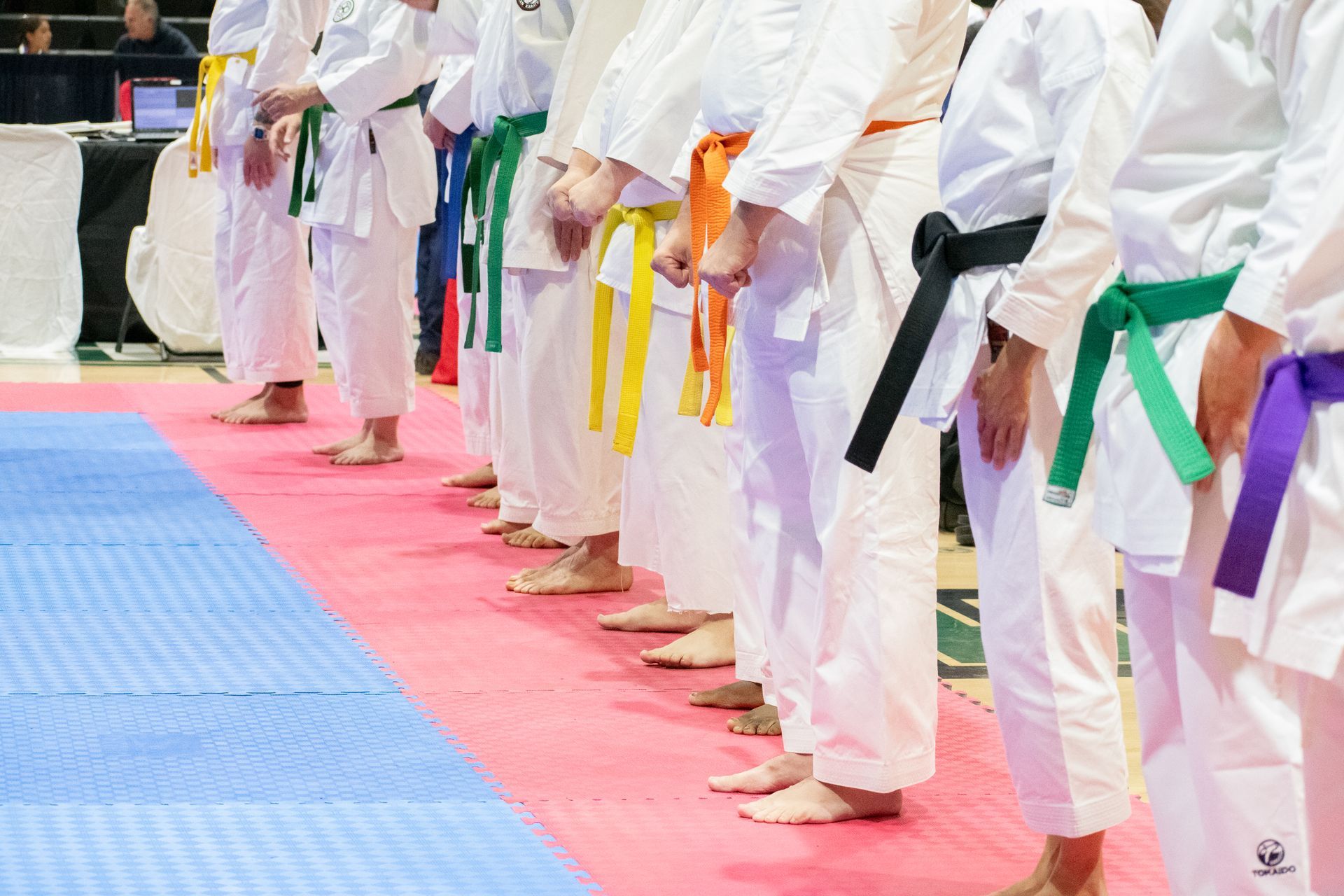About Zen Bushido Kan Karate Do
Here you will find some information about who we are, what we believe and the history of Shotokan Karate.
Who We Are
We are a non-profit organization dedicated to instilling self-discipline, self-confidence, and self-defense skills in both children and adults through the practice of Karate, led by qualified instructors. Shotokan Karate is a comprehensive art of self-defense that focuses on the training of both arms and legs in a systematic manner. Karate techniques are executed with precision, driven by the practitioner’s determination, ensuring accuracy and spontaneity in targeting. We offer traditional Shotokan Karate instruction, along with elements of self-defense, competition preparation, and anti-bullying strategies. Our mission is to empower our athletes to achieve their fullest potential both within and beyond tournament environments. Zen Bushido Kan Karate Do specializes in teaching the Shotokan style of Japanese karate.
Qualified Instructors
At Zen Bushido Kan Karate Do, our qualified instructors are the heart of our dojo, bringing a wealth of experience and passion to every class. With backgrounds in traditional martial arts and competitive training, they’re dedicated to helping students of all ages unlock their potential. Whether you’re a complete beginner or preparing for an elite competition, our instructors create a supportive environment that fosters growth, confidence, and respect. To meet each of our instructors and learn more about them individually, click here.
Our Philosophy
Zen Bushido Kan: We believe that cultivating self-esteem and confidence by learning new skills greatly elevates children's self-worth and assurance. Furthermore, collaboration with their peers and the chance to demonstrate their talents during tests or special occasions will help them to grow in social situations and performance readiness.
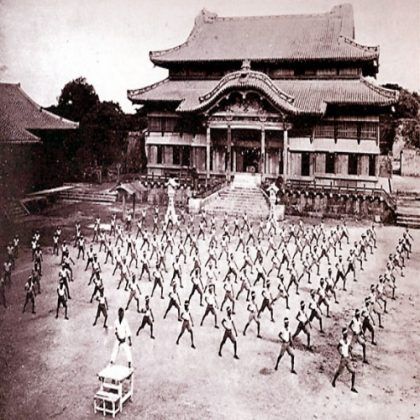

Gichin Funakoshi 1868-1957
History
Shotokan karate is one of the most popular of modern styles. It is the most powerful and dynamic of the Japanese systems, and is generally considered to be the most comprehensive, both in the range of its techniques and the number and diversity of its kata. But to understand the basis of shotokan, and to see the rich pedigree of karate, we need to look to its origins.
The first concrete evidence of unarmed fighting methods appears on the tomb of Pharoah Menes, the warrior king who first unified Egypt and who died around 3,000 BC. Pictures show an unarmed combat technique which karateka would recognize as jodan uke in shiko dachi (a block to the face area, warrior in square stance). The Chinese emperor Shi-Huang-Di (221-206 BC) was buried with an army of some 7,000 life-size figures of horses and soldiers to guard him in the afterlife, and of particular interest are the figures of the officers, all unarmed and in postures showing they used a fighting method remarkably similar to karate. Throughout this period and after, the Chinese countryside was ripe with bandits, and merchants hired bodyguards to protect their caravans. This eventually led to the development of the professional warrior, and it was under conditions such as these that the martial arts evolved in the East.
The Ryukyu Islands, known to us as Okinawa, played a prominent role in karate's history. Formerly an independent kingdom, they became a Chinese vassal state in 1372, and when all weapons were banned in 1429, there was a tremendous secret development of empty-hand fighting. In 1609 the islands were conquered by Japan and all weapons and martial arts were again banned; this again ensured the art's development to a formidable degree of efficiency. Most karate history has come down to us by word of mouth, and there are many tales of the great Okinawan karateka. The term karate first appeared in 1772, when an Okinawan called Sakugawa started to teach what he called karate-no-sakagawa.
Shotokan is a modern name given to the style of karate that developed from the Okinawan systems, and which was introduced to Japan in 1922 by Gichin Funakoshi, the father of modern karate. He was born in 1868, and studied karate from his childhood. His love of the art led the Okinawan to teach. Funakoshi first arrived in Japan in 1922, invited by the Japanese Ministry of Education to attend an athletic exhibition. His demonstration of karate was a great success, and while he remained unknown for a few more years, he was befriended by the founder of judo, Jigero Kano. Kano's help made a great impression on him, and he never forgot his kindness. The respect and courtesy he was shown probably influenced his own teaching and philosophy.
Between 1926 and 1930, Funakoshi developed karate further and consolidated its position in Japan. The universities were the main sites of karate study, and they were influenced by research on physiology and calisthenics. During this period Funakoshi and his son Yoshitaka added kumite (fighting) methods, the Japanese kyu/dan ranking system, and some of the traditional concepts of budo (martial way) to the system. Under Yoshitaka, the development of shotokan karate really accelerated. The stances were studied and strengthened by being made lower so as to apply dynamic controlled stress to the leg muscles, and the effect of hip rotation on punches and kicks also examined. This resulted in an ease in the power of punching and kicking techniques. This knowledge was incorporated into the kihon (basics) of shotokan karate. After 1936, the kata (sequences movements) were revised to conform to dynamic new style.
The word 'shotokan' was chosen by Funakoshi's students to name his first personal dojo, and it derives from his pen name, 'shoto', meaning 'pine waves', and 'kan', meaning hall. It soon became the name for Funakoshi's style of karate.
Yoshitaka Funakoshi died in early 1945, his death probably precipitated by the news his father's dojo had been destroyed in a bombing raid. After the war, Funakoshi returned to teaching in Tokyo, and in 1952, the age of eighty four, he undertook a three-month tour of American air bases, thus ensuring the spread of shotokan karate to America. He died in 1957. His memorial bears the words 'Karate ni sente nashi' - 'There is no first attack in karate'.
An extract from 'The KUGB Guide to Better Karate'
Written by Ian MacLaren 5th Dan KUGB.
Gichin Funakoshi 1868-1957
Considered to be the Founder of modern Karate-dō. Standardized many of the forms that we practice today for teaching in elementary school, high school, and college levels in Japan.
*Source: Wikipedia
